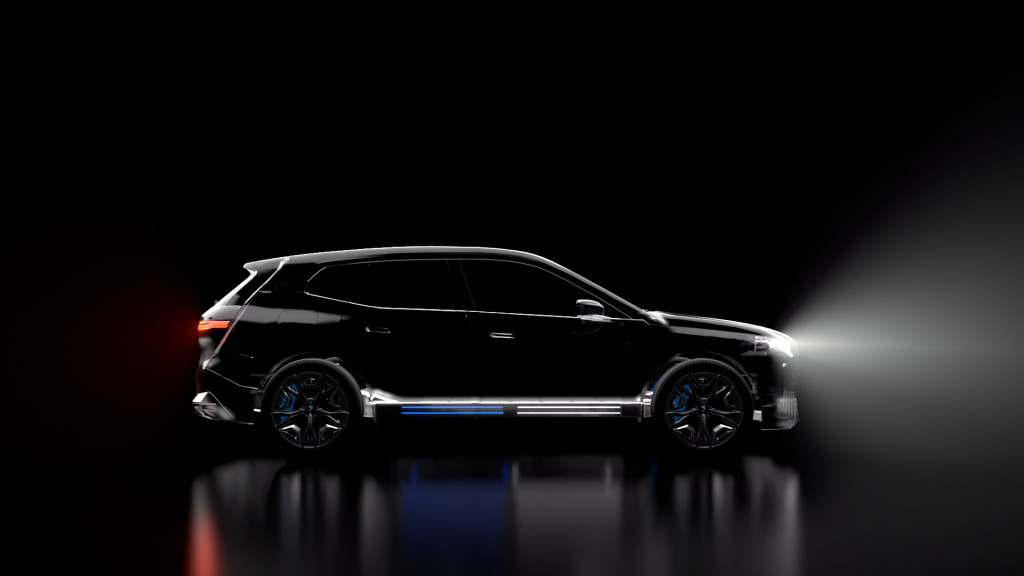General Motors is following a handful of other automakers and battery firms in developing mixed-chemistry battery packs for electric vehicles.
GM laid out its version of this concept in a patent filing published by the United States Patent and Trademark Office (USPTO) Nov. 28, 2024. In that document, which was first filed by GM Aug. 2, 2023, the automaker discusses combining nickel manganese cobalt (NCM) with lithium iron phosphate (LFP) or other similar chemistries.
General Motors Ultium batteries
The two chemistries would be split into discreet modules, potentially with different usable capacities, according to the filing. A controller would monitor factors such as temperature and state of charge, and potentially bypass one chemistry or another in a given situation.
A mixed-chemistry pack could balance performance and cost by combining cheaper LFP battery cells with NCM cells, which offer higher power and energy density, GM notes in the filing. Two different chemistries can lead to a charge imbalance that reduce the usable capacity of a battery pack, GM adds, but the automaker hopes ability to bypass one set of cells while charging another will address that.

BMW iX prototype to use Our Next Energy mixed-chemistry battery pack
Certain chemistries can also be charged faster, which could enable smaller battery packs and counteract current pack inflation, which adds cost and weight, consumes more raw materials, and in the real world still often leads to longer charging times once that added charge is exhausted. Combining some of these specialized cells with slower-charging commodity cells could help make EVs more practical.
Other companies are working on mixed-chemistry battery packs. CATL recently announced one aimed at bringing faster charging to plug-in hybrids, and U.S. startup Our Next Energy (ONE) showed in 2022 how it could use mixed-chemistry tech to extract 600 miles of range from a BMW iX—nearly doubling its EPA range. Mercedes-Benz has also developed hardware that could lay the groundwork for mixed cell types.
Read the full article here



